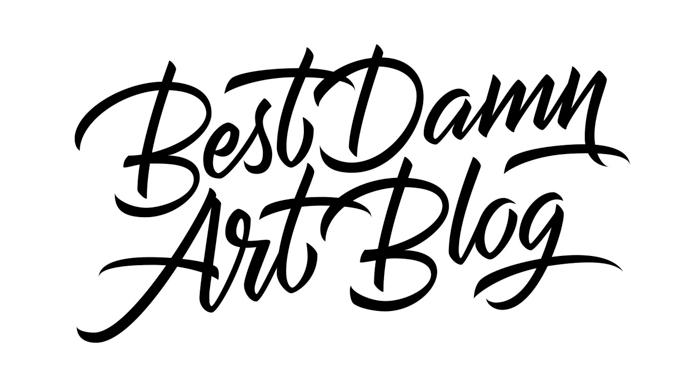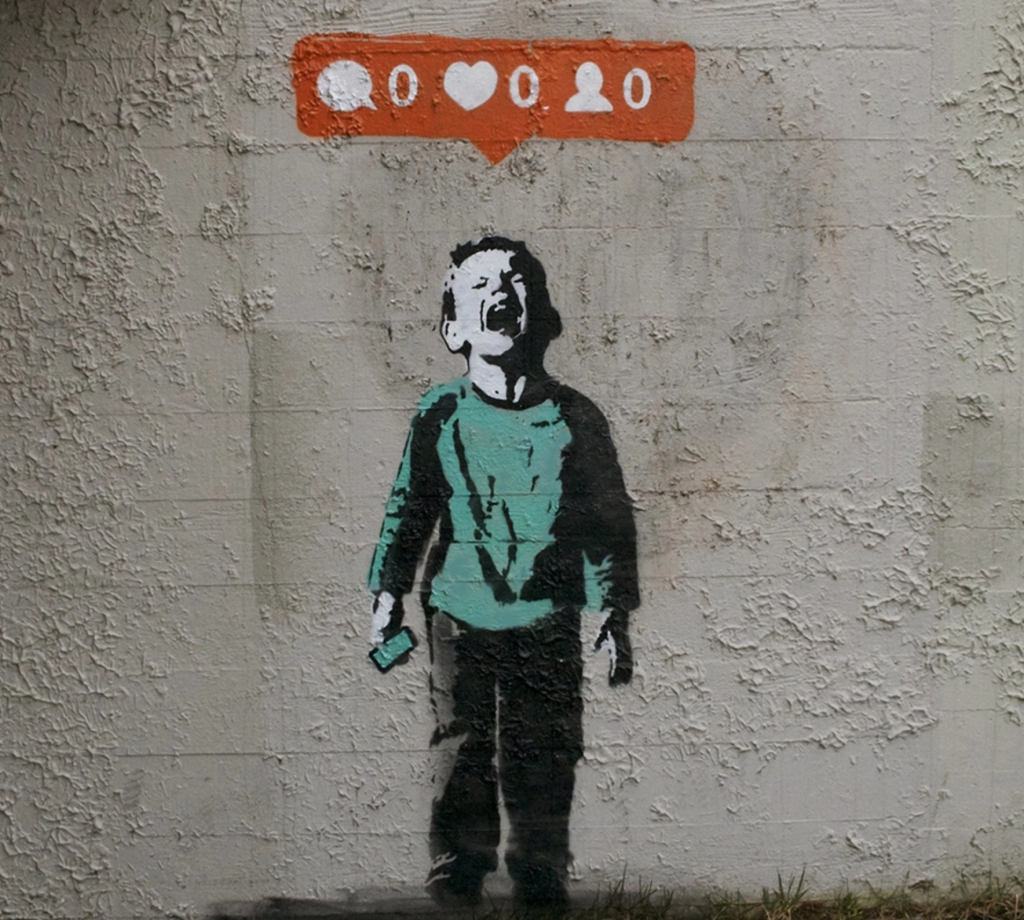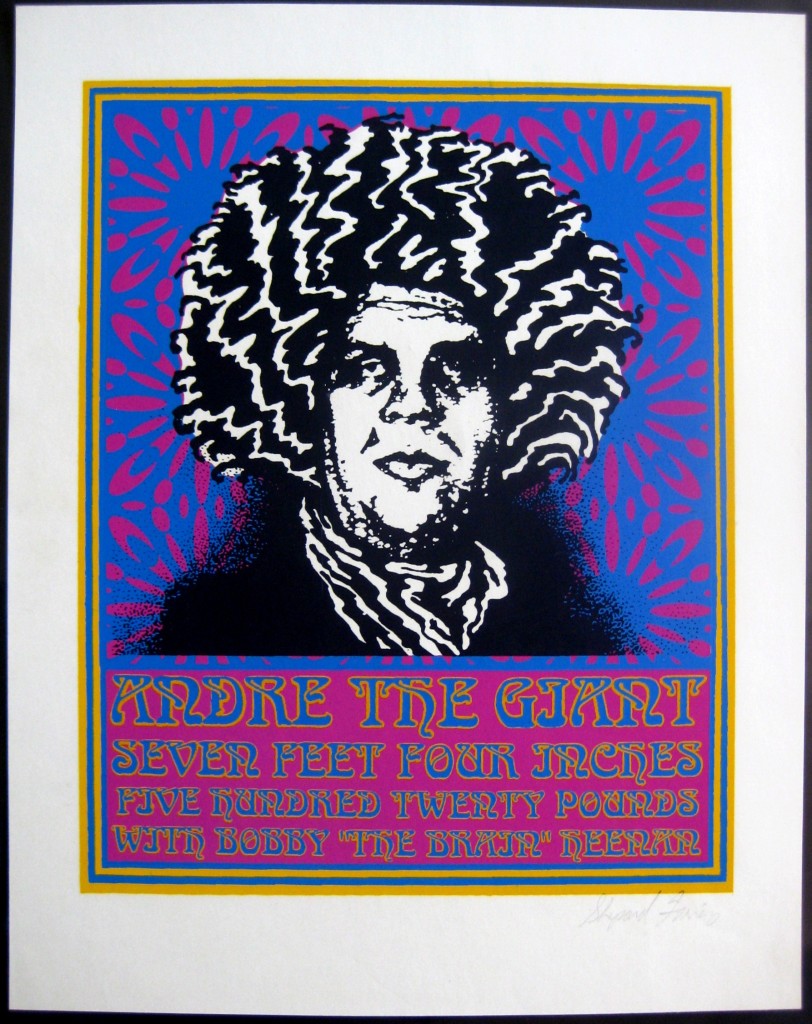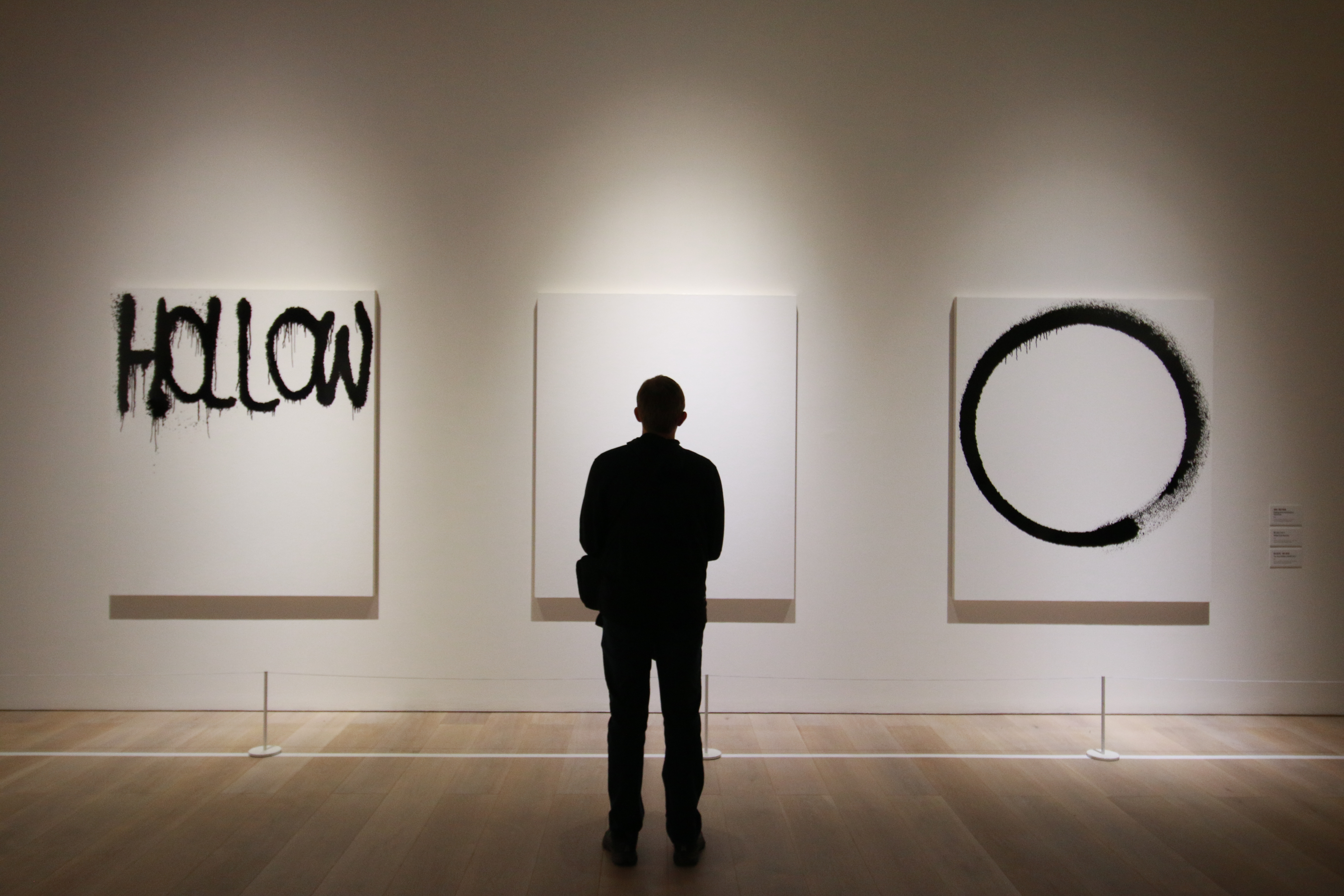
*I wasn’t planning on this post becoming so long, but it’s a summary of the best tips I have learned over the years of being an eBay user. I hope at least some of you find it useful. The tl;dr version appears at the bottom of the post.
In most art collectors’ collecting career, there eventually comes a time to sell a piece from the collection. It might be to fund another work or maybe you decided the work no longer fits the direction of curation. Whatever the reason, eBay is a quick and easy way to reach a large base of buyers. If you’re selling a high ticket item, it’s the equivalent of selling a Ferrari at a swap meet, but it might be preferable to consigning to a gallery and dealing with their BS.
Here I explain the best practices of selling art on eBay, so that you get the most $$ for your efforts.
Let’s start with the title of a listing. This is probably the most important aspect of any listing because a smart title will decide whether a potential buyer will see your auction. Beside obvious things like name of the artist or title of the artwork, there may be other keywords that make it easier to find the listing or entice a buyer into clicking on the listing.
Here’s my tip to making the best descriptive title. Do a search of the artist’s name in eBay. Filter the result to show only sold listings, then sort by “Price + Shipping: highest first”, like so below.
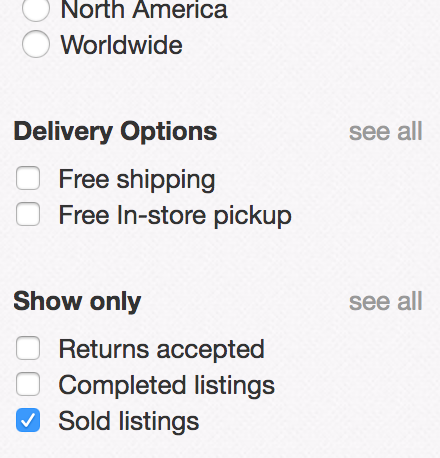
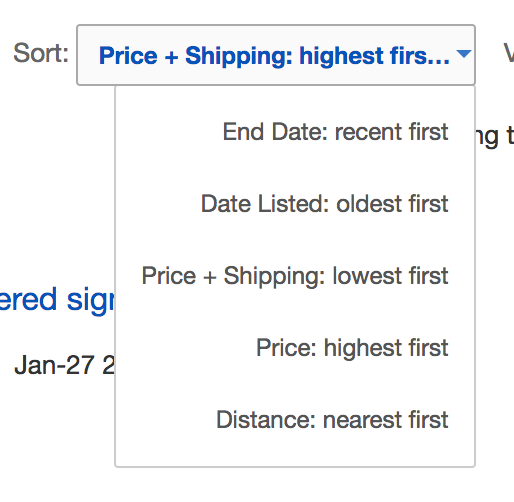
Take note of the auctions that sold for the highest prices and what their titles are. There will be common keywords shared between these successful auctions and if the keywords apply to the work you are selling, then it should be in your auction title. There is a character limit for your title, so choose only the most effective keywords that make your auction stand out and easy to search.
Like they say, “A picture says a thousand words.” And an auction with low-lit, low-res, cluttered pictures says “I’m not worth it.”
The next important aspect of an auction is pictures. Like they say, “A picture says a thousand words.” And an auction with low-lit, low-res, cluttered pictures says “I’m not worth it.” If you have a nice DSLR camera already, then you have a huge leg up on everyone else. If not, it’ll still be okay as long as you take the time to edit the picture with a simplest photo editing software. The default ones that come with any Windows or Mac operating system is fine. Some tips for taking better pictures:
- Use high resolution camera. High-res cameras impart more “depth” to any artwork you’re photographing.
- Have a clean area on which you can take a picture. Nothing is more off-putting than having clutter of personal stuff in the background. What I usually do is to lay a large piece of black paper on the ground and photograph the artwork on top of this.
- Utilize natural light to show off your artwork in the best light. Especially if your artwork has a lot of vibrant colors, then natural light can bring it to life.
- You should have these 3 basic pictures at a minimum. A frontal photo that shows the whole piece. A photo that shows distinguishing marks, such as an artist’s signature. This type of photo eases buyer’s concerns about authenticity. And lastly, close-ups of visually appealing details in the artwork that a buyer might not have been aware.
- Post-editing can make the difference. Even with the best lighting and photo angles to showcase the piece, there’s always room for improvement. At a minimum, adjust contrast and brightness levels and crop the photos to your liking.
The more you can assure a buyer that this is the real deal, the more likely it is he will be willing to give you more money for it.
Next, the description. Write a short blurb about the artwork itself, especially if you are privy to any interesting stories behind it, the artist, or genre. Details of authenticity/provenance and condition are essential, but be honest. The more you can assure a buyer that this is the real deal, the more likely it is he will be willing to give you more money for it.
Now this is the fun part. How should you sell it? eBay offers a few options. It can be an auction or a Buy It Now. What you choose depends on your appetite for risk and reward.
- Auctions: You choose a starting price and a number of days the auction should run, and if people are interested they will bid up the price. If you start at a high price, then it’s likely to deter a lot of bidders. My recommendation is to start low to attract a flurry of activity, which will encourage new bidders and current bidders to bid higher. However, risk is high if you overestimate the market interest in the artist or the particular artwork, but as long as you find at least 1 buyer, the item is guaranteed sell. I usually start auctions at $0.99 for 7days with no reserve, even for items with an estimated value in the thousands of dollar, because I have found this yields auction prices that are significantly greater than the historical average prices for the artist or artwork. It’s a high risk and high reward method.
Pro tip: I found that listings that end on Sunday do better than any other day. Make of that what you will.
- Buy It Now (BIN): This is for sellers who are risk averse, but it is straightforward. You set a price and a potential buyer decides whether to purchase it. You know exactly what price you’ll get if you find a buyer, but the disadvantage is you don’t know if it’ll ever sell. To increase the odds of selling, you can enable an option called Best Offer. This feature lets interested parties send you an offer, which you can counter, decline, or accept. If you’re ok with waiting for a sale at a certain price that you want to achieve, then BIN is for you.
I’m a fan of low starting price auctions because it consistently brings in the most $. Let me give you an example. I bought a Shepard Fairey print from 1996 in 2015 via a BIN listing for $1500. A year later, I sold the same piece via $0.99 starting price 7day auction that ended on a Sunday afternoon to achieve $2900, which was way more than I was expecting. I was expecting to break even since the artist’s profile hadn’t risen much in that time and the print market was soft.
If you have some time, you can market your auctions via art forums and this can provide the extra bump
There are other tips to attract more buyers like offering insurance for shipping or free shipping. If you have some time, you can market your auctions via art forums and this can provide the extra bump, but I think the main tips above will cover 95% of things you need to do to get the best price.
In the end, what does eBay take? For listings in the Art category, eBay will take 10% of the end price, which includes any shipping charges that the buyer pays. Then you kind of have to use PayPal to accept payment, so PayPal takes 2.9% on top of the 10% that eBay already took. For me, it’s worth it being that I’m in control of the entire selling process, unlike art auction sites like Paddle8.
You want the short story? Here it is:
- Choose a smart and effective title for your listing.
- Take good pictures that are well-lit and high resolution using a background that looks clean.
- Write a short, honest blurb that showcases the best parts of the artwork and assure potential buyers of the authenticity/provenance.
- Choose a pricing option that makes sense for you. It can be an auction or a Buy It Now. My recommendation is a low starting price auction with no reserve that runs for 7days starting on a Sunday afternoon/evening.
- If you art part of any art forums or communities, market your eBay listing by leaving a link in your signature or posting the link in a sales thread. More visibility, the better.
- Be honest and professional.
Good luck on your next sales!
